#ad [recommended product]
Introduction
Let’s be honest, dealing with dry eyes is a real pain. That constant gritty feeling, the burning, the redness, and the blurry vision—it can throw a wrench into your entire day. Whether it’s from staring at a screen for hours on end, battling environmental allergens, or just the natural aging process, dry eye syndrome is a common complaint that sends millions of people searching for the best eye drops for dry eyes.
But a quick trip to the pharmacy can feel overwhelming. The shelves are packed with a dizzying array of options, all promising to be the ultimate cure. So, how do you choose? What really works? This guide is here to cut through the noise. We’re going to learn about the world of ocular lubricants, explore what makes them effective, and help you find the best eye drops for dry eyes tailored to your specific needs. Ready to find your oasis?
Effectiveness: What Makes a Good Eye Drop Work?
When you’re searching for relief, the number one question is, “Will this actually work?” The effectiveness of an eye drop hinges entirely on its formulation and how it addresses the root cause of your dryness.
Mechanism of Action
Not all eye drops are created equal. They work in different ways to restore comfort and balance to your eyes.
- Lubricating Drops (Artificial Tears): This is the most common type of OTC drop. Their goal is simple: to supplement your natural tears. They contain ingredients like carboxymethylcellulose, polyethylene glycol, or propylene glycol that add moisture and create a protective film over the ocular surface. Think of them as a drink of water for your parched eyes.
- Hyaluronic Acid (HA) Based Drops: A real game-changer in eye care, HA is a substance your body naturally produces. It’s a superstar at retaining water, which means it provides long-lasting lubrication and helps to stabilize the tear film.
- Lipid-Based Drops: Sometimes, dry eye isn’t about a lack of water; it’s about the tears evaporating too quickly. This is often due to a deficiency in the oily layer of your tear film. Lipid-based drops, containing mineral oil or castor oil, help to replenish this layer, effectively putting a lid on your tears to keep them from disappearing.
- Prescription Drops (Immunomodulators): For more chronic or severe dry eye, your doctor might prescribe something like cyclosporine (Restasis) or lifitegrast (Xiidra). These don’t just add moisture; they target the underlying inflammation that often causes and exacerbates dry eye disease, helping your body produce more of its own high-quality tears over time.
Clinical Research Results
The science backs it up. Studies consistently show that artificial tears provide significant, albeit temporary, relief from the symptoms of dry eye. Research has highlighted that drops containing hyaluronic acid often provide superior comfort and longer-lasting relief compared to standard lubricating drops.
For prescription treatments, research has demonstrated that medications like cyclosporine and lifitegrast can lead to a statistically significant increase in tear production and a reduction in ocular inflammation after several weeks of consistent use. It’s not a quick fix, but it’s a powerful long-term strategy.
Dosing
How often you use your drops depends on the type and the severity of your symptoms.
- OTC Lubricating Drops: These can generally be used as needed, from a couple of times a day to every hour for severe cases. If you find yourself reaching for the bottle more than 4-6 times a day, it’s a good idea to switch to a preservative-free formula.
- Prescription Drops: These follow a strict schedule, usually one drop in each eye, twice a day, about 12 hours apart. Consistency is key for these medications to be effective.
Comparable Efficacy to Other Similar Treatments
How do drops stack up against other options? For mild to moderate dry eye, drops are the first line of defense and are highly effective. For more persistent issues, they can be combined with other treatments. Gels and ointments, for instance, are thicker and provide longer-lasting lubrication, making them ideal for overnight use. In-office procedures like punctal plugs (which block the tear drainage duct) or thermal pulsation treatments (which unblock oil glands) offer a more permanent solution for specific types of dry eye disease.
Safety: What to Watch Out For
While generally very safe, there are a few things to keep in mind when using eye drops.
Adverse Effects
The most common side effects are mild and temporary, including:
- A brief stinging or burning sensation upon application.
- Temporarily blurred vision (especially with thicker, gel-like drops).
- Redness or irritation.
A crucial point of discussion is preservatives. Many multi-dose bottles contain preservatives like benzalkonium chloride (BAK) to prevent bacterial growth. While fine for occasional use, these chemicals can actually irritate the eye and worsen dry eye symptoms if used frequently. If you’re a heavy user, preservative-free single-use vials are your best bet.
Drug Interactions
For the vast majority of OTC artificial tears, significant drug interactions are not a concern. However, if you are using other medicated eye drops (for glaucoma, for example), it’s important to wait at least 5-10 minutes between applying different types of drops to ensure each one can be absorbed properly. Always inform your doctor about all medications you are taking, including OTC products.
Precautions
Proper use is vital for both safety and effectiveness.
- Wash Your Hands: Always start with clean hands to avoid introducing bacteria into your eyes.
- Don’t Touch the Tip: Never let the tip of the dropper bottle touch your eye, eyelid, or any other surface. This prevents contamination.
- Contact Lenses: Some drops aren’t compatible with contact lenses. Check the packaging or ask your eye doctor. You may need to remove your lenses before applying the drops and wait 15 minutes before reinserting them.
- Know When to See a Doctor: If your symptoms persist, worsen, or are accompanied by eye pain, significant changes in vision, or discharge, it’s time to see an ophthalmologist.
Frequently Asked Questions (FAQs)
1. Can I use the best eye drops for dry eyes every day? Absolutely! For most people, especially those with chronic conditions, daily use is necessary to manage symptoms. Just be sure to opt for a preservative-free version if you’re applying them more than four times a day.
2. What’s the real difference between preservative and preservative-free drops? Preservatives are chemicals that prevent bacteria from growing in a multi-use bottle. Preservative-free drops come in single-use vials to stay sterile. The latter is much gentler on the eye’s surface and is recommended for sensitive eyes or frequent use.
3. How long does it take for eye drops to work? Lubricating drops provide immediate, though temporary, relief. You should feel better within a minute. Prescription drops that target inflammation, like Restasis or Xiidra, take much longer. You may not feel the full benefits for several weeks or even a few months.
4. When should I see a doctor for my dry eyes? If OTC drops aren’t cutting it, your vision is affected, you’re experiencing pain, or you suspect an eye infection, make an appointment with an eye doctor right away. They can diagnose the specific cause of your dry eye and recommend a more targeted treatment plan.
Conclusion
Navigating the world of eye care doesn’t have to be a confusing blur. By understanding the different types of drops and how they work, you can make an informed choice. For mild, occasional dryness, a standard lubricating drop might be all you need. For more persistent issues, a long-lasting formula with hyaluronic acid or lipids could be the answer. And for those with chronic, inflammatory dry eye, a prescription medication may be the key to unlocking long-term relief.
Ultimately, the goal is to restore comfort and clarity to your vision. Don’t be afraid to experiment with a few different OTC options, and never hesitate to consult with your eye doctor. They are your best resource for finding a personalized solution to win the battle against dry eyes.
References
- Aragona P, Simmons PA, Wang H, Wang T. Physicochemical Properties of Hyaluronic Acid-Based Lubricant Eye Drops. Transl Vis Sci Technol. 2019 Nov 1;8(6):2. doi: 10.1167/tvst.8.6.2. PMID: 31695963; PMCID: PMC6827422.
- Baudouin C, Labbé A, Liang H, Pauly A, Brignole-Baudouin F. Preservatives in eyedrops: the good, the bad and the ugly. Prog Retin Eye Res. 2010 Jul;29(4):312-34. doi: 10.1016/j.preteyeres.2010.03.001. Epub 2010 Mar 17. PMID: 20302969.
- de Oliveira RC, Wilson SE. Practical guidance for the use of cyclosporine ophthalmic solutions in the management of dry eye disease. Clin Ophthalmol. 2019 Jul 1;13:1115-1122. doi: 10.2147/OPTH.S184412. PMID: 31308620; PMCID: PMC6612764.
- Yang YJ, Lee WY, Kim YJ, Hong YP. A Meta-Analysis of the Efficacy of Hyaluronic Acid Eye Drops for the Treatment of Dry Eye Syndrome. Int J Environ Res Public Health. 2021 Mar 1;18(5):2383. doi: 10.3390/ijerph18052383. PMID: 33804439; PMCID: PMC7967738.
Recommended Story For You :
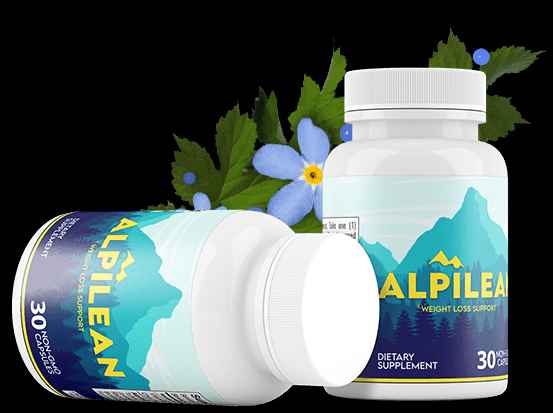
The alpine secret for healthy weight loss

The Most Potent Fast-Acting Formula For Incinerating Stubborn Fat

Real Cortexi Users Real Life‑Changing Results
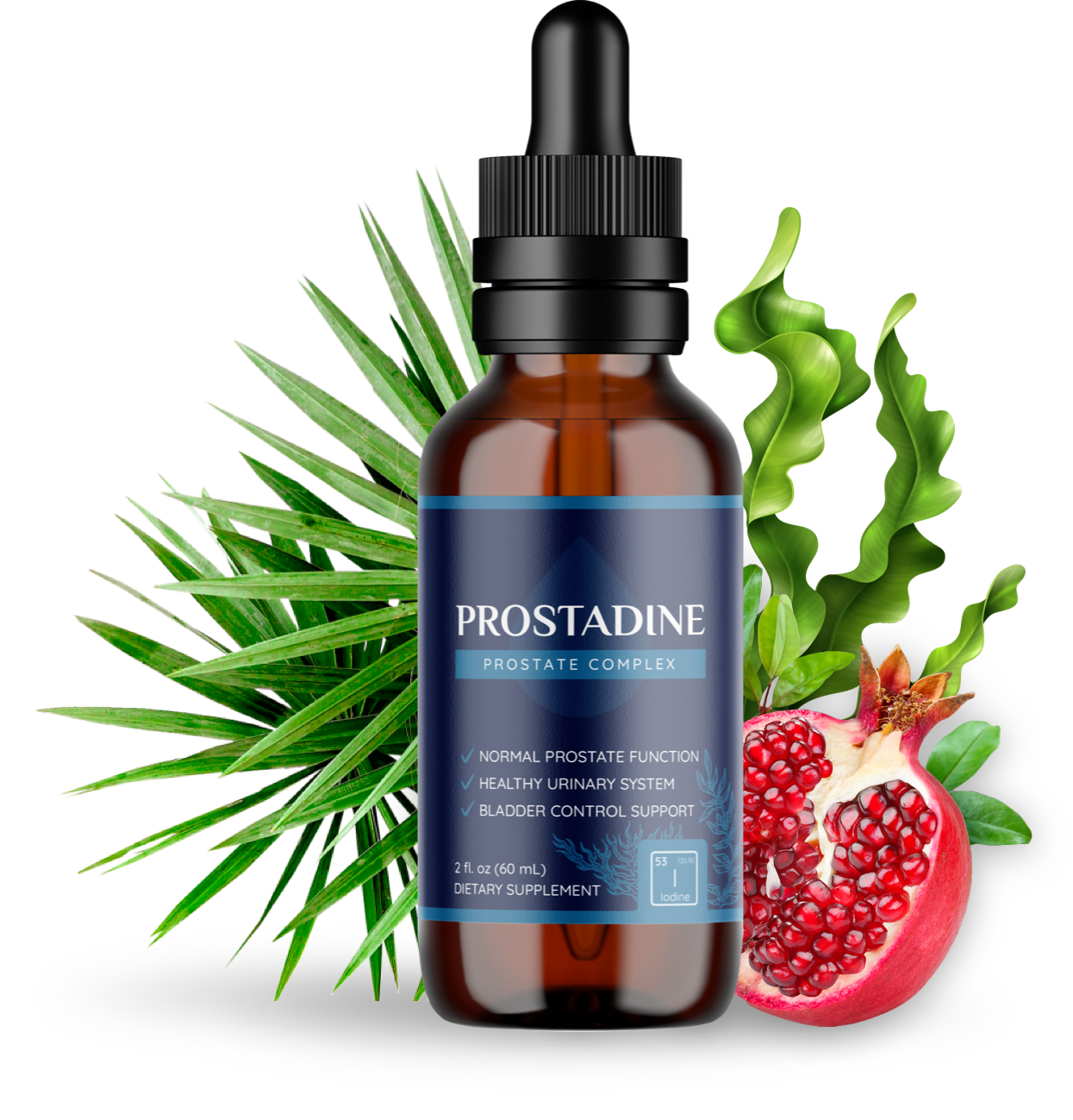
This Cold Drink Might Trigger Your Prostate
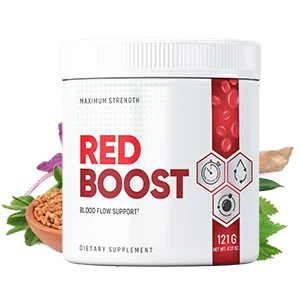
Red Boost is a powerful new formula for boosting male sexual health.
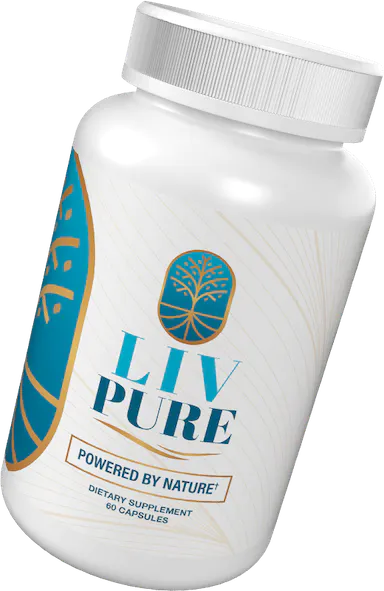
Everything you eat or drink eventually reaches your liver for processing.

Brand New Probiotics Specially Designed For The Health Of Your Teeth And Gums

Empowering You to Take Control of Your Blood Sugar Health!
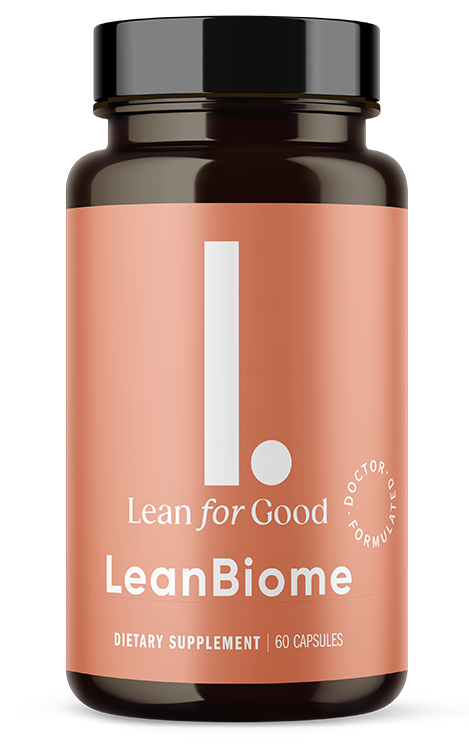

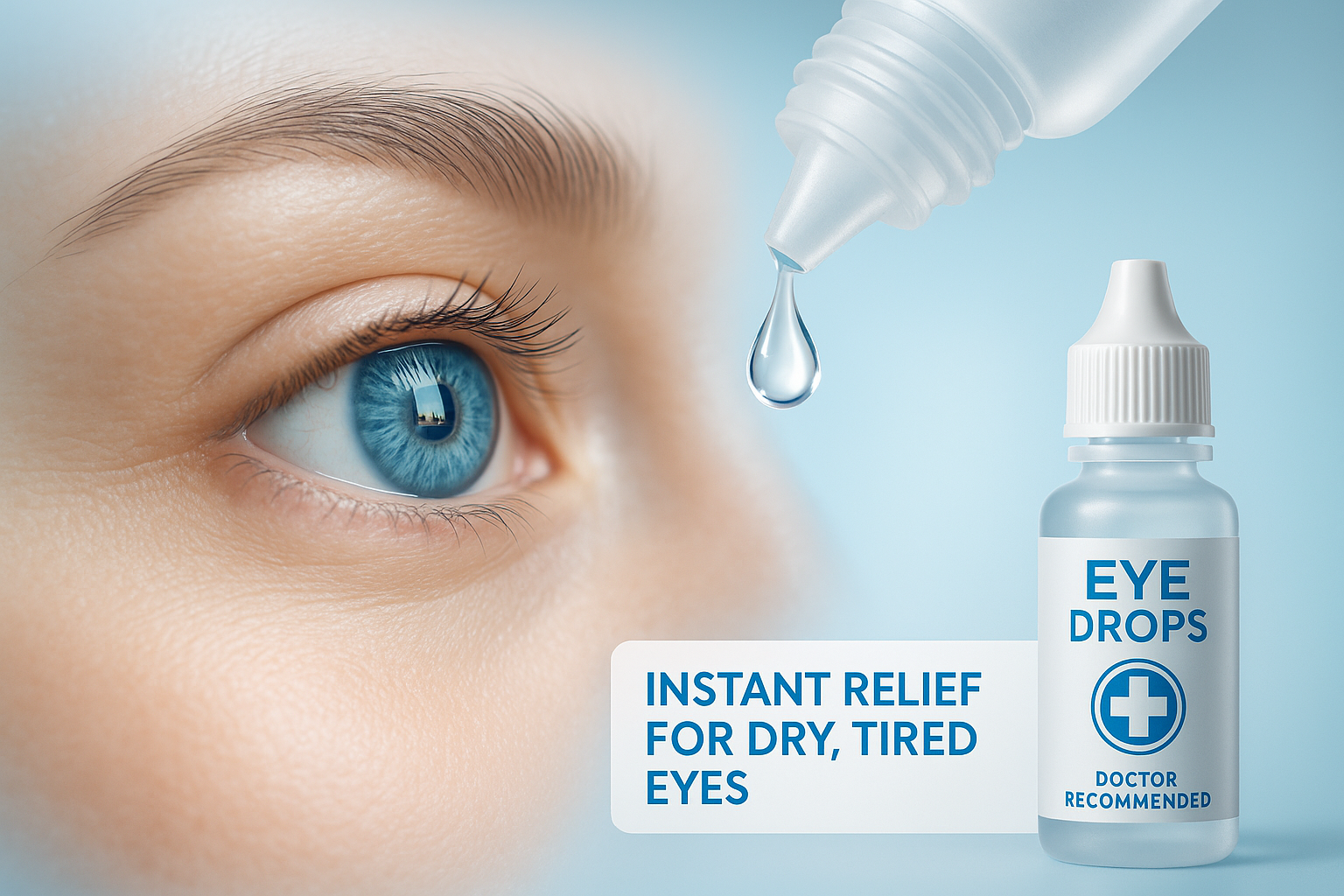
Comments
13 responses to “Finding Your Oasis: The Best Eye Drops for Dry Eyes”
buy cheap androxal cost australia
get androxal generic effectiveness
order enclomiphene cost new zealand
order enclomiphene buy virginia
how to buy rifaximin australia purchase
buying rifaximin canada over the counter
order xifaxan australia purchase
buy cheap xifaxan price from cvs
discount avodart uk in store
cheap avodart generic pharmacy in canada
buying staxyn uk no prescription
how to buy staxyn cheap mastercard
get dutasteride canada no prescription
purchase dutasteride canada internet
cheap flexeril cyclobenzaprine generic canada no prescription
purchase flexeril cyclobenzaprine buy in london
buy gabapentin purchase discount
buying gabapentin generic pharmacy usa
kanadská lékárna pro drogy kamagra
kamagra toronto v kanadě
médicaments bon marché kamagra
kamagra prix au canada
generic fildena in nz
buy fildena no prescription cod
how to buy itraconazole cheap no prescription
discount itraconazole sites